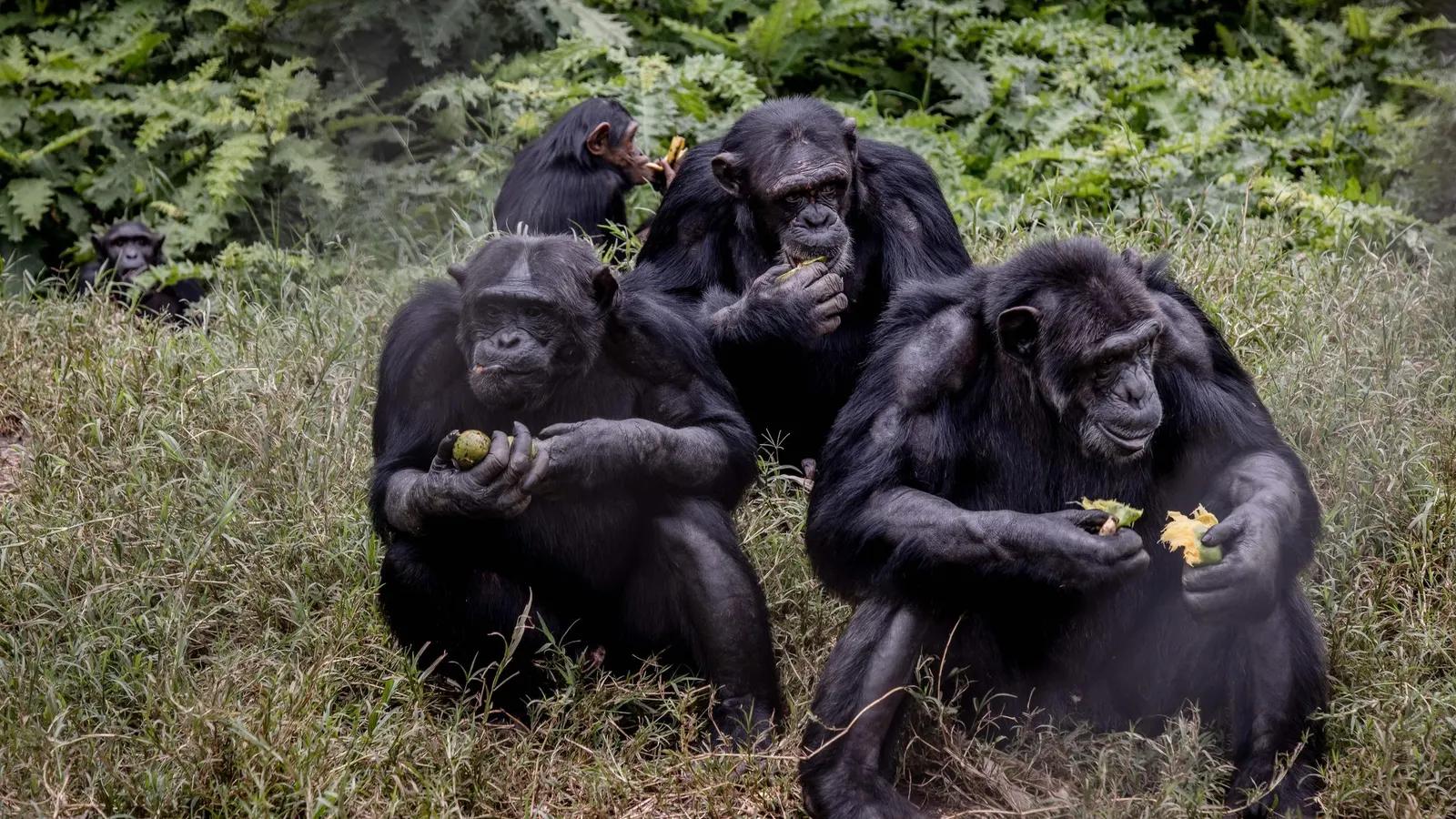Apes Understand Reasons Behind Each Other’s Actions
A New Look at the Origins of Communication
(Based on Kirsty E. Graham et al., Biological Reviews, Aug 27 2024)
For decades, scientists believed that humans alone could truly understand the intentions behind one another’s actions. A new study in Biological Reviews now invites us to rethink that assumption. Researchers led by Dr. Kirsty E. Graham, together with Dr. Federico Rossano and Dr. Richard T. Moore, have found that great apes—chimpanzees, bonobos, gorillas, and orangutans—appear to grasp the communicative goals behind each other’s gestures.
Understanding the “Why” Behind Gestures
The researchers propose what they call the “Recruitment View” of ape gestures. Rather than treating gestures as purely learned or genetically fixed, this view suggests that apes recruit familiar body movements—those already meaningful in daily life—and use them to convey messages to others.
For example, an ape that knows how to reach out for an object might use the same motion to ask a partner for help or attention. Because they already understand what different parts of their body can do, they can adapt those actions for communication.
This insight challenges two long-standing schools of thought in primate communication:
-
The Leipzig View, which holds that gestures are learned through repeated social interactions, and
-
The St Andrews View, which argues that gestures are universal and biologically inherited.
The Recruitment View bridges these positions. It argues that gestures emerge from a shared physical and cognitive foundation, requiring neither full-scale imitation nor strict genetic programming.
Why This Matters for Understanding Human Language
According to co-author Dr. Richard Moore, this approach offers a new perspective on how language might have evolved. The ability to recruit and reinterpret familiar movements as intentional signals could represent an important step in the long path from simple gestures to spoken words.
By tracing the roots of meaning in the gestures of apes, scientists may be uncovering the early building blocks of human communication itself.
The Broader Anthropological Significance
After decades of observing primate behavior, I find this research both humbling and illuminating. It suggests that the distance between human and non-human minds may be smaller than we once thought. Communication, in its essence, is not confined to words; it is born from shared understanding, intention, and the body’s natural ability to express thought.
In watching apes gesture with such purpose, we catch a glimpse of our own evolutionary past—a reminder that the origins of language lie not in vocabulary, but in the movement of the hands, the gaze of the eyes, and the mutual recognition of meaning.






